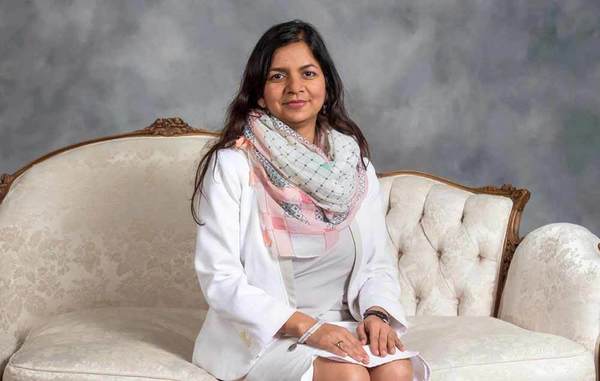The power to lead is the power to transform. Notre Dame is proud to celebrate women whose scholarship and leadership are leaving an indelible imprint on the global community. This is an excerpt from one of six profiles featured on womenlead.nd.edu.

Krupali Krusche
School of Architecture
Associate professor of architecture
In Romania, Krupali Krusche has been leading teams of undergraduate and graduate students to study 16th-century Transylvanian villages. The pastoral societies in these locations, like villages her teams have studied in rural Nepal, are untouched by modern development. Not only has this work led to an understanding of how to restore and maintain the structural architecture, they are designing ways to sustainably modernize these villages. They are also studying the cultural architecture of life in these self-sustaining villages.
“These people, they have chickens from their neighbors, they get milk from another neighbor. Another neighbor makes the bread. They have no shops in the area,” she says. “We want people to understand that the local, sustainable lifestyle in these villages is much better than the bigger, mall-type lifestyle we have today.”
That self-sustaining model has been threatened recently by modernization and political developments. These remote Romanian villages are expected to comply with modern laws and codes in the European Union that aren’t easily adaptable to the model these people have lived in for hundreds of years. Krusche and her team have been working to raise awareness that modernized ideas or laws may cripple or even destroy the way of life in these villages.
Preservation is the common thread in all of Krusche’s projects. In 2007, the Notre Dame School of Architecture established DHARMA, the Digital Historical Architectural Research and Material Analysis, with Krusche as its director. DHARMA has been using 3-D laser scanners to digitally preserve World Heritage Sites like the Mughal tombs and the Taj Mahal in India and the Roman Forum in Italy.
If these historical sites fell prey to disaster, these 3D scans would provide the blueprint to restore or reconstruct them with detailed insight into their composition and construction.
Related stories|
Originally published by Office of Strategic Content at news.nd.edu on March 08, 2016.